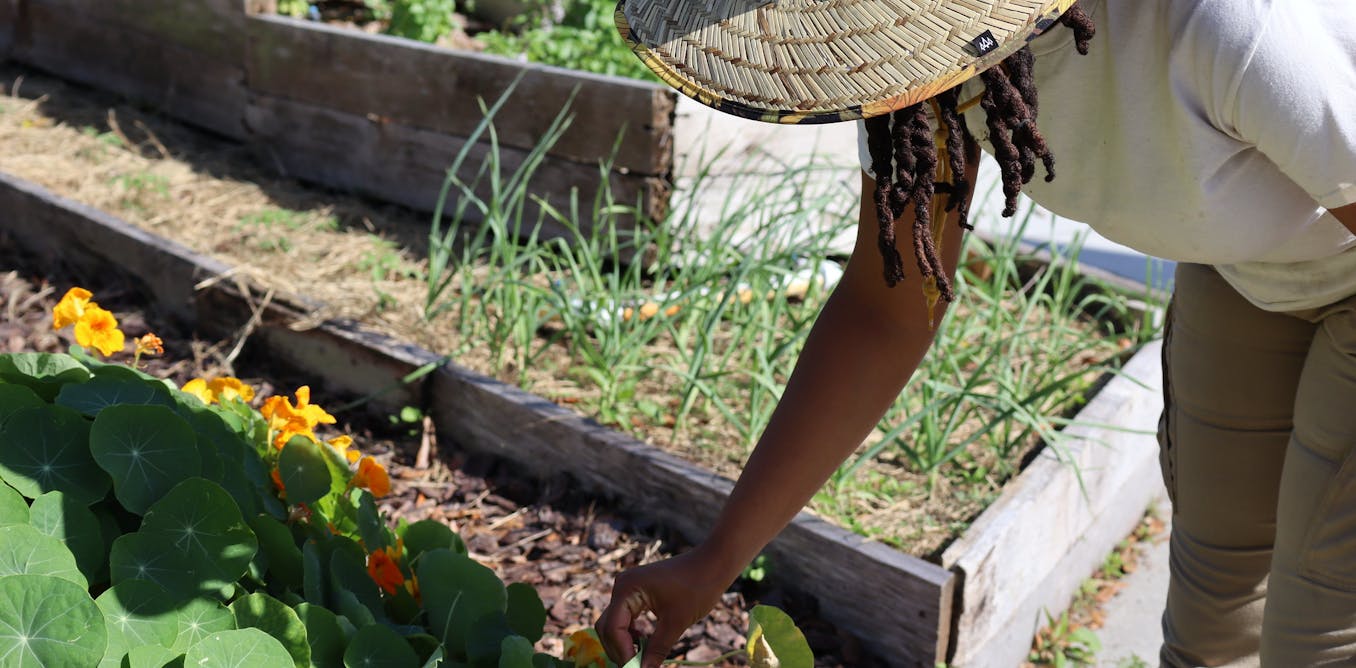The 5-Minute Rule for City Blooming
Table of ContentsSome Known Incorrect Statements About City Blooming City Blooming Fundamentals ExplainedUnknown Facts About City BloomingCity Blooming - QuestionsCity Blooming Fundamentals Explained
Interested in expanding food for sale in the City of Chicago? Below is a checklist of regularly asked inquiries concerning the rules and laws that cultivators must think about when intending a city agriculture task.
The zoning modification does not customize any other codes managing composting, structure authorizations, acquiring or renting City possessed residential or commercial property, business licenses or ecological contamination. There are existing codes that manage these issues and they continue to be in complete effect and might apply to your task. Area gardens are normally possessed or handled by public entities, public organizations or community-based companies and kept by volunteers.
Urban farms grow food that is intended to be offered, either on a nonprofit or for-profit basis. Due to their commercial objective, metropolitan farms require a company license.
Everything about City Blooming
Composting is allowed but only for plant product that is produced and made use of on website. The quantity of garden compost product can not surpass 25 cubic backyards at any type of provided time according to the criteria in 7-28-715 of the City's Municipal Code. Yes. Since the dirt at most new garden websites requires modifying, compost, dirt, wood chips, or other materials can be gotten to construct or enhance the expanding space - fruit and vegtables.

If a structure authorization is required then the hoophouse will be thought about an accessory structure. You can figure out even more regarding the building authorization requirements by getting in touch with the Division of Buildings. The 25,000-square-foot size restriction is planned to protect against a single community yard from controling a given block or interfering with the block's existing household or industrial personality.
The limit does not apply to gardens found in Public Open Space (POS) areas. Can there be even more than one community yard that is 25,000 square feet on a single block? Fencing is not required, however, gardens that have huge car parking locations may be needed to mount fence or various other landscape design attributes.
City Blooming for Dummies
B1 & B2 districts need that all business usage tasks be performed inside your home. Is fence needed for metropolitan farms? Fencings may be required, along with landscape design and screening, for particular car park areas and outdoor job or storage locations depending on location and the particular task taking area.
Yes. Urban farms need building permits and zoning authorizations prior to building and construction. Various other types of city evaluation may be required depending upon details structures, tasks, dimension, landscaping, licensing, public health and stormwater monitoring concerns. Many of these needs are determined in the project style or allowing procedure, however, the candidate may be accountable to separately recognize specific licenses or permits that might be needed.
Yes. The kind of certificate is determined by what is occurring at the website. The Division of Business Affairs and Customer Defense can aid establish the specific type of business permit that's required. Yes. Off road car parking is needed for many business jobs in Chicago. The required number of garage is based on the number of staff members working with website and not the square video of the growing room.
The Greatest Guide To City Blooming

Yes. A metropolitan farm can offer garden compost product produced on site, nevertheless, the operation should follow the policies in 7-28-715 of the Chicago Municipal Code. Yes. Aquaponic systems are permitted indoors on urban ranches in numerous zoning areas. Nevertheless, a zoning evaluation and building permit is needed in order to install frameworks or systems and an organization license is needed as explained over.
As much as 5 hives or swarms of honey may be kept as an accessory use. Beekeepers need to register with the Illinois Division of Agriculture. For additional information concerning the proposed zoning modification you may speak to the Division of Housing and Economic Development, Bureau of Planning and Zoning at 312.744.8563.
Farming in cities and city areas A metropolitan ranch in Chicago. Urban agriculture refers to numerous techniques of growing. https://danielnold94107.wixsite.com/my-site-1/post/city-gardening-a-green-oasis-in-urban-spaces, handling, and distributing food in city locations. The term likewise puts on the area tasks of pet husbandry, aquaculture, beekeeping, and horticulture in a metropolitan context. Urban agriculture is differentiated from peri-urban farming, which happens in rural locations at the edge of suburban areas.
Some Known Details About City Blooming
It can entail a motion of organic growers, "foodies" and "locavores", that look for to create social media networks based on a shared ethos of nature and community holism. These networks can establish by way of official institutional support, ending up being integrated right into neighborhood town as a "change town" activity for lasting urban development.
The more straight accessibility to fresh veggie, fruit, and meat items that might be realised via city agriculture can enhance food protection and food safety while reducing food miles, causing lower greenhouse gas discharges, thus adding to environment adjustment mitigation. Some of the first proof of metropolitan agriculture originates from Mesopotamia.